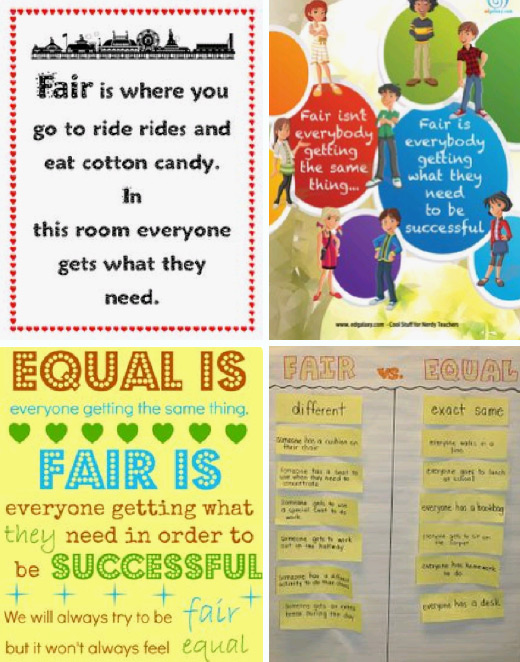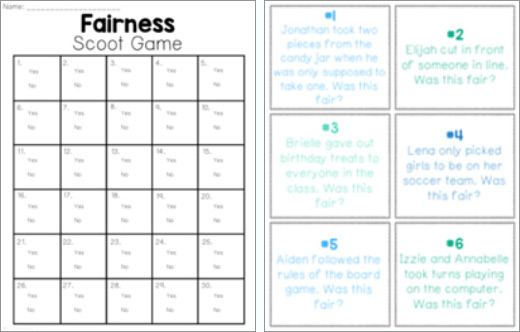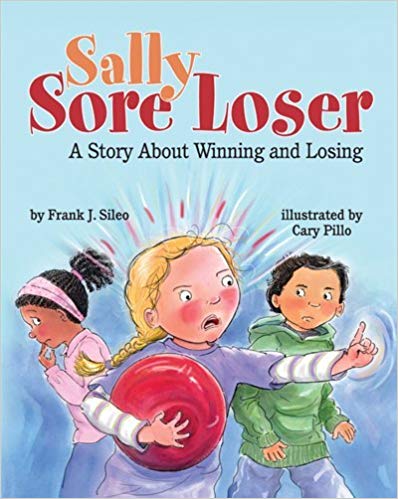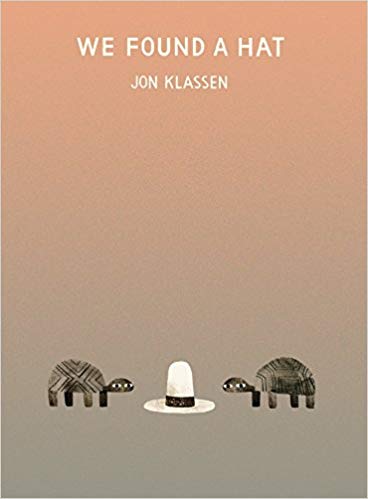This month the focus of the Quazar
Positive Behaviour Recognition Program is
FAIRNESS.
www.buildcharacterbuildsuccess.com
Attribute – Fairness
Children's ability to judge what is fair regarding their interactions with others is an important part of pro-social development. Research shows that understanding fairness helps children recognize tolerance towards others. As well, social competence is related to children's accurate judgments of what is fair. Thus, fairness is an important concept for children to learn as it not only helps them develop a sense of tolerance and justice, but also plays a role in their healthy development of appropriate and just behaviour towards their peers.
Goals
- To help your students understand fairness and equal behaviour.
- To help your students recognize fair behaviour in others and nominate each other appropriately.
- To help your students challenge themselves to be more fair individuals within a more fair classroom, as part of a more fair school.
www.buildcharacterbuildsuccess.com/wp-content/uploads/2020/04/
Module-Fairness.pdf
Getting Involved at School

Independent Games
Schools have found success having students play Character Education online games on their computers in the library or computer labs. You can access them here. Some schools have created a bit.ly link and have it displayed near the computers for quick access to the games.
Click here to access our online game which focuses on Fairness directly.

Your students can help game character Kal practice Fairness while playing this chutes and ladders style game.
Your students can also work on crossword puzzles, mazes, word scrambles and word searches that will expand their vocabulary around Fairness. Click here to see them. (**Must login to site for access**)
Group Activities
Below are some other engaging games that you can try with your students:
 The Fairness Scoot game is a great way to get kids up and moving while learning about Fairness. Your students will look at various scenarios and determine whether the behaviours are fair or unfair. Your students will then record their answers in a grid that makes it quick and easy to assess for understanding of the topic. The Fairness Scoot game is a great way to get kids up and moving while learning about Fairness. Your students will look at various scenarios and determine whether the behaviours are fair or unfair. Your students will then record their answers in a grid that makes it quick and easy to assess for understanding of the topic.
Supplies:
- Pencils
- 30 Fairness scenario cards
- Answer grid
- Answer key
- Poster/visual aid
You can either make your own or purchase and download pre-made ones here.
- Give each of your students an answer grid and a pencil.
- Read out the Fairness scenario cards and have them complete their answers on their answer grid.
- Discuss the answers the students selected and discuss why the students felt something was fair vs unfair.
This activity helps students understand that fairness doesn't mean that everyone gets the same thing; rather everyone getting what they need to be successful.
 The Pencil game is a quick activity to show your students fair and unfair situations and by follow up and discussion, will help them conceptualize how one can show fairness toward others. The Pencil game is a quick activity to show your students fair and unfair situations and by follow up and discussion, will help them conceptualize how one can show fairness toward others.
Supplies:
- New pencils or pencil crayons (enough for half the students)
- Before your students enter the room, divide them into two groups by the month they were born or first letters of first names. (e.g. January-June and July-December or A-M, N-Z). Then do the following:
- Divide your students into two groups (without explaining why they are being separated) and direct students in each group to sit in different areas of the room.
- Take a moment to decide which group will be the "favoured group." Then without explaining why, give each student in the favoured group a new pencil. Mention that only one group will get new pencils, and that group also will be getting other special privileges (such as extra recess time, no homework, being first in line, etc.) Students in the other group likely will protest.
- After a few minutes (or until someone in the other group says, "That's not fair!") stop the exercise.
- Explain the exercise to students. Ask: Which group were you in, the favoured group or the non-favoured group? How do you know? Encourage and discuss all responses.
- Ask: Do you think that giving pencils to one group was fair or unfair? How did you feel about getting the pencils? How did you feel about not getting them? Why did you feel that way?
- Write the word, "fair" on a flip chart or white board. Ask students to think about what the word, "fair" means to them. Ask students to work in pairs and to share their ideas about the definition of fair.
- Then ask them to share their ideas aloud and record the responses on the flip chart/board. Then come up with one definition as a class.
- Ask: How might the exercise be done in a fair way? Would it be fair to give the pencils to students who earned them? Would it be fair if all students got them? Would it be fair if you picked 10 students names out of a hat to get the pencils?
This activity will help your students recognize the importance of fairness in helping people get along with each other.
Video Links for This Month
Video 1 - English Video 1 - French
Video 2 - English only
Suggested Readings
   
See our Pinterest page for additional book recommendations.
In addition, you can use Quazar’s Super-Power – Fairness newsletter template to send this month's notice home to parents.
   
|

